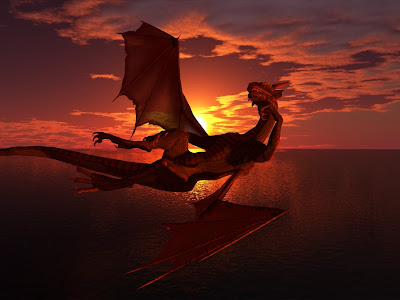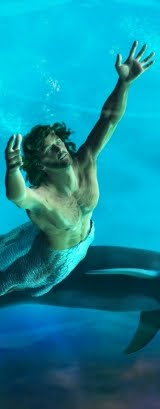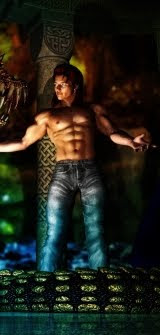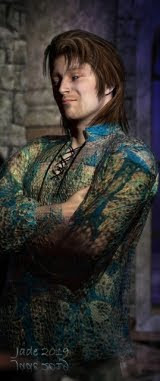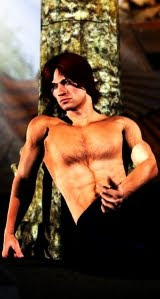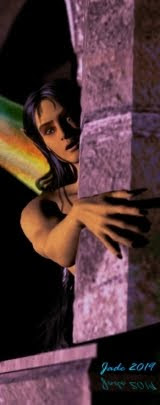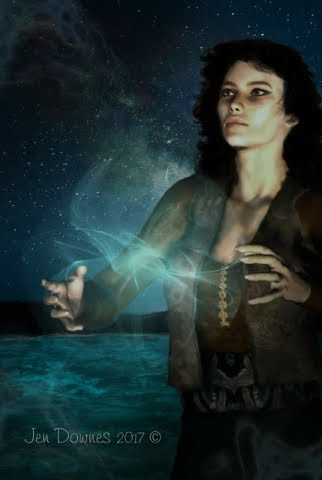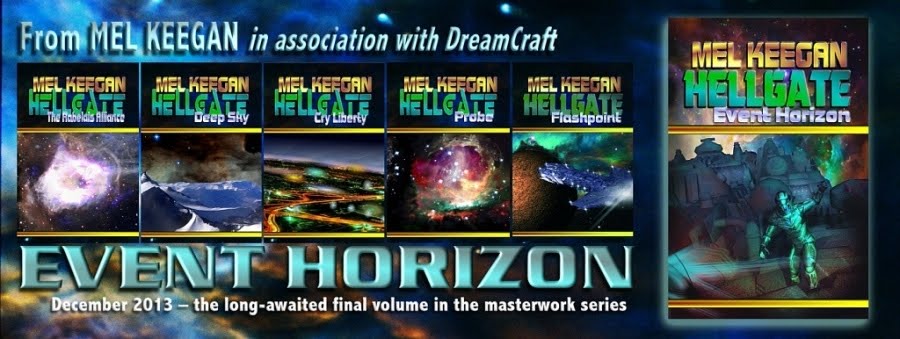Living down in Australia right near the beach with a west-facing shore, I get to see lots of sunsets over the ocean. I've always been amazed by them and my favorite type by far is the type where clouds are lit up from the bottom and have a beautiful dark red glow as the sun sinks down into the ocean.
Naturally, I decided to try to replicate that using the free version of Terragen Basic. I do believe I succeeded! Have a looksie and don't forget to click the pic to see it 1280 by 960.
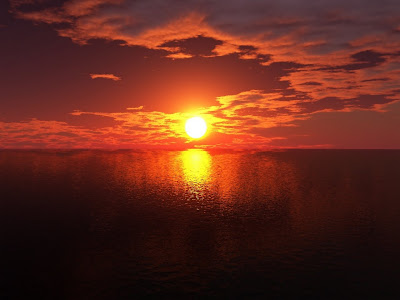
Ta-da! One tropical sunset. If you use Terragen then you may be interested in how this was done. I'll give you a quickie rundown here.
Make your clouds waaaaaaaay higher than they should be (these are at 4000 metres above sea level) and set the thickness very low. Also make sure the 3d button is on instead of the default 2d. Then go ahead and make a normal cloudscape. You'll find that as you set the sun closer and closer to the horizon, the bottom of the clouds light up nicely.
The sun... Remember the sun appears larger close to the horizon so first make your sun at least 4 degrees wide. Set the colour to whatever sunset colour you are aiming for and then crank up the intensity --I used 225%. This will REALLY make the clouds glow!
The above sun settings will also, unfortunately, light your water up if you use the default water reflective settings. Easy fix, just go into the reflection settings and turn max reflectivity and the reflectivity curve way down. Don't forget to do some quick low rez renders to see how the changes affect the water. Then you also want to turn the direct sunlight waaaaay down and also the reflection spread.
Poof! One sunset.
What does this have to do with Daz Studio 3? Well, you take your fully rendered sunset and use it as a background in Daz to add goodies. I decided to add a critter. Specifically, the Millinium Dragon.
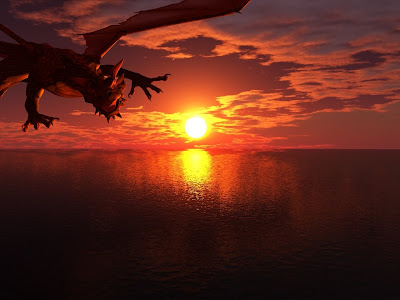
Believe it or not, I only needed one light for the dragon. Obviously a reddish coloured light about where the sun is. To get the rest of the effects I only used the diffuse, specular and ambient surface controls. Get the colours and the strength of each right and I then only had to use the one light.
I, uh, had to use only one light cus on my ancient dinosaur of a PC I wasn't sure if this could even render more than one light without barfing. There's always a way around problems, right?
And don't forget to practice posing the dragon! Fun and practical!
